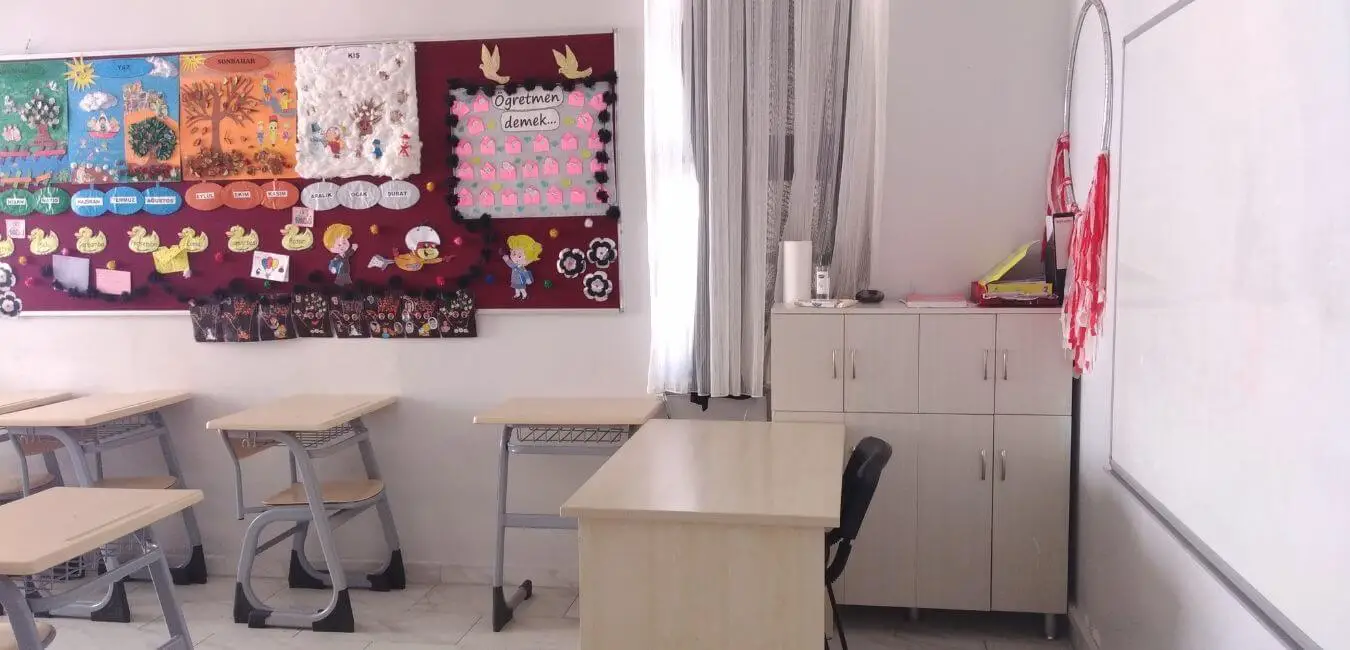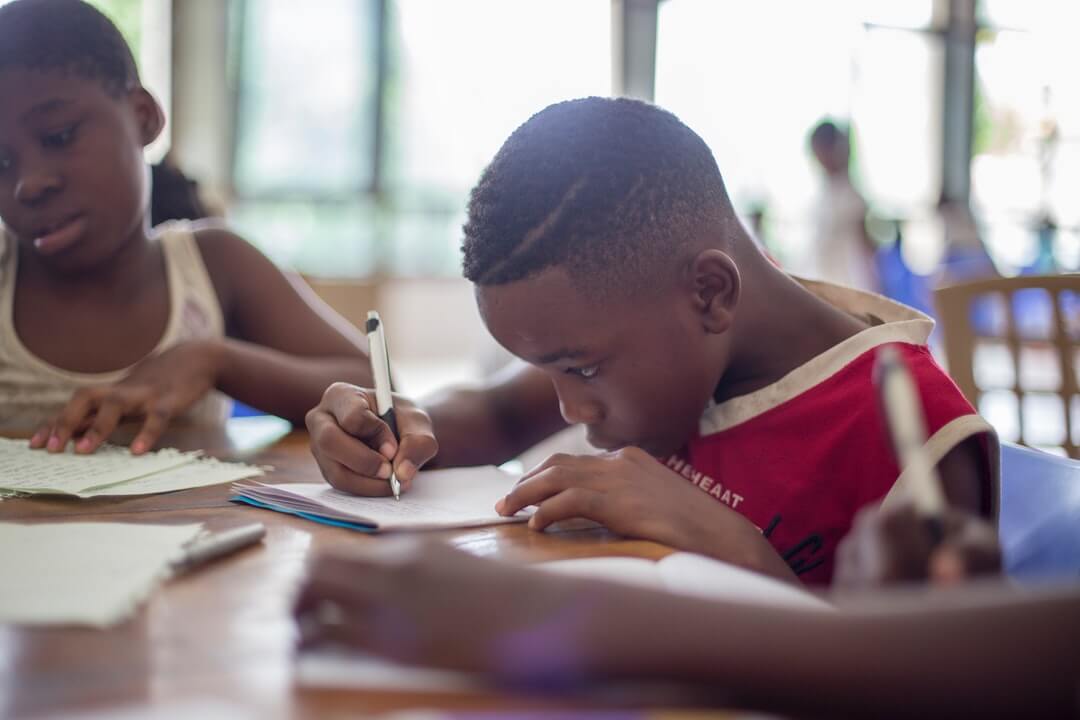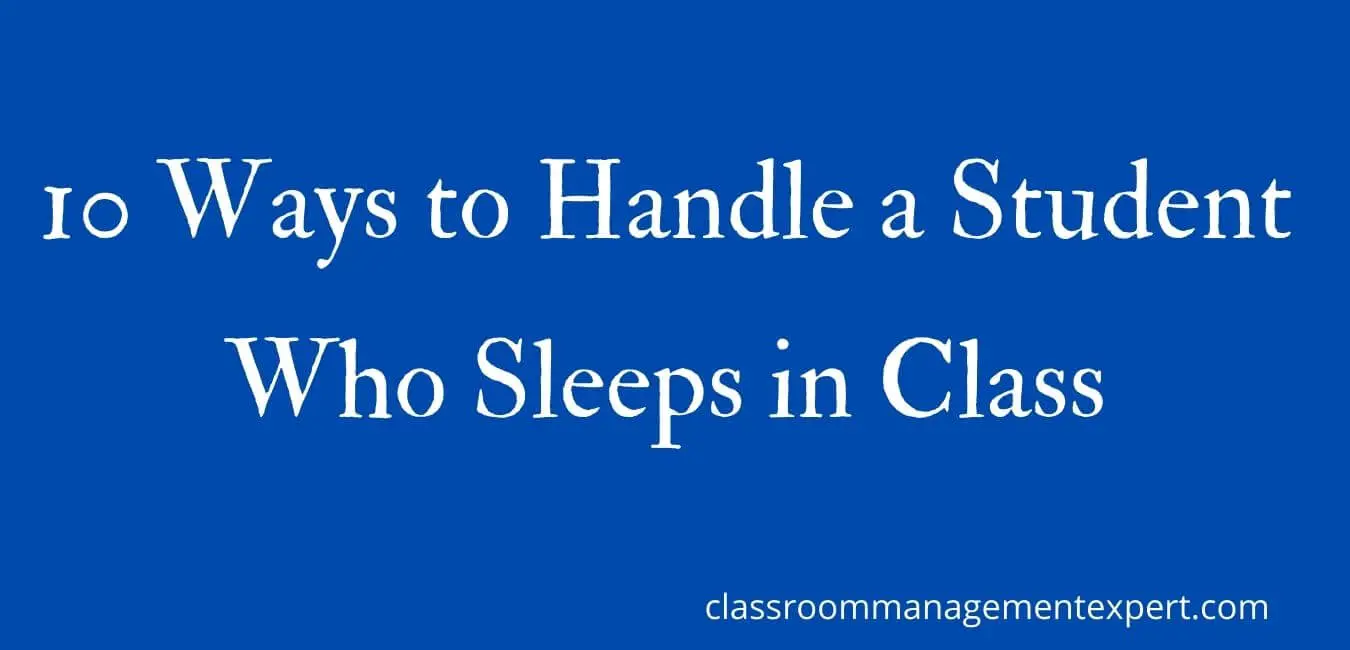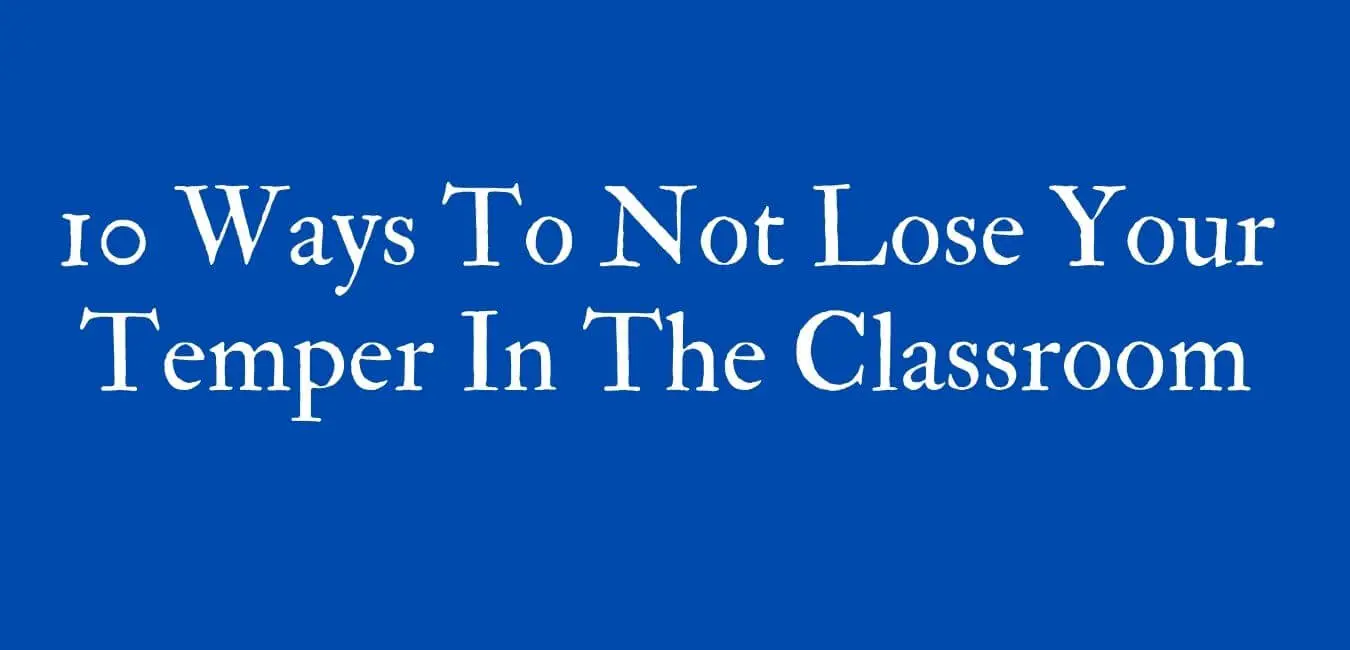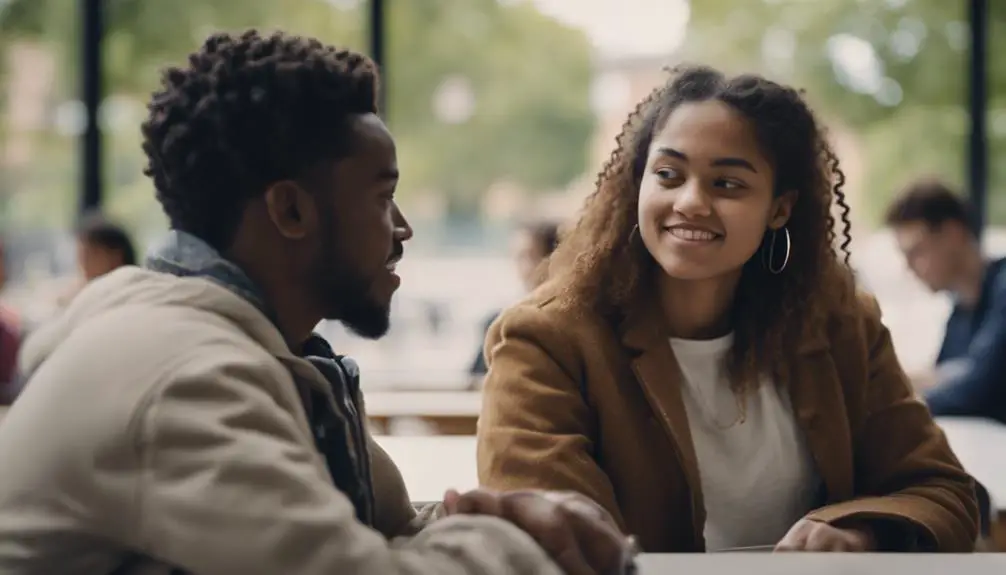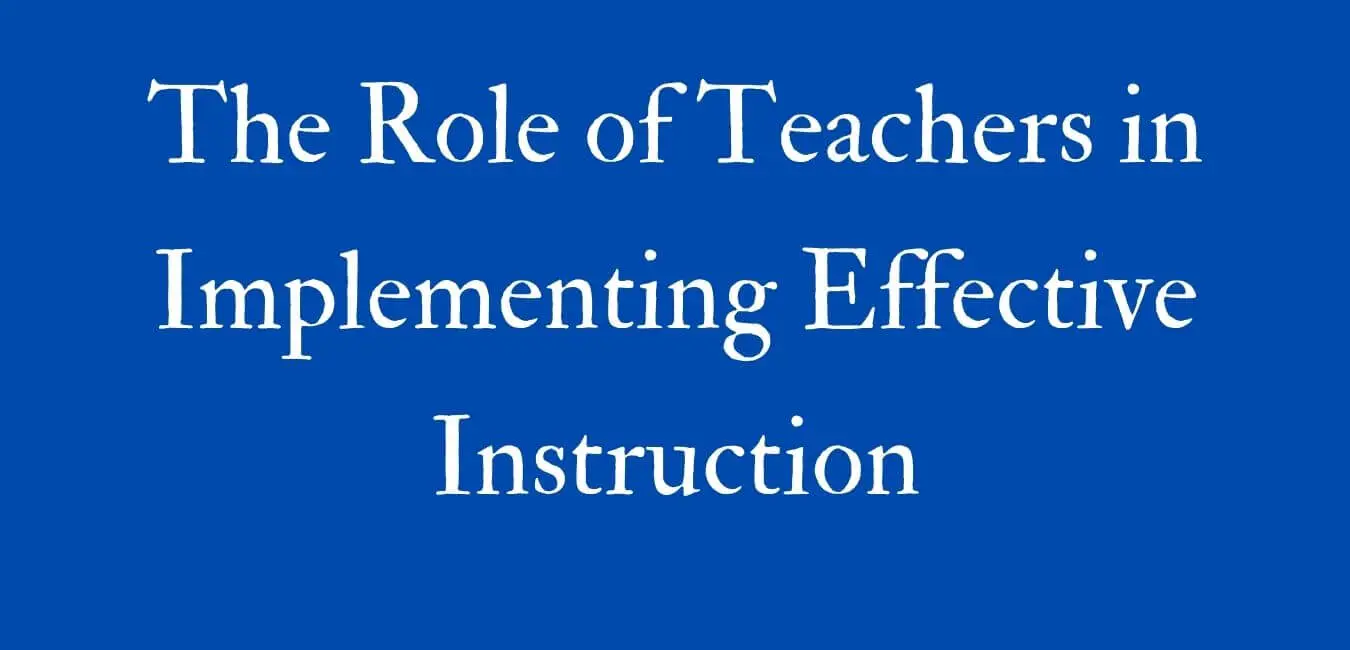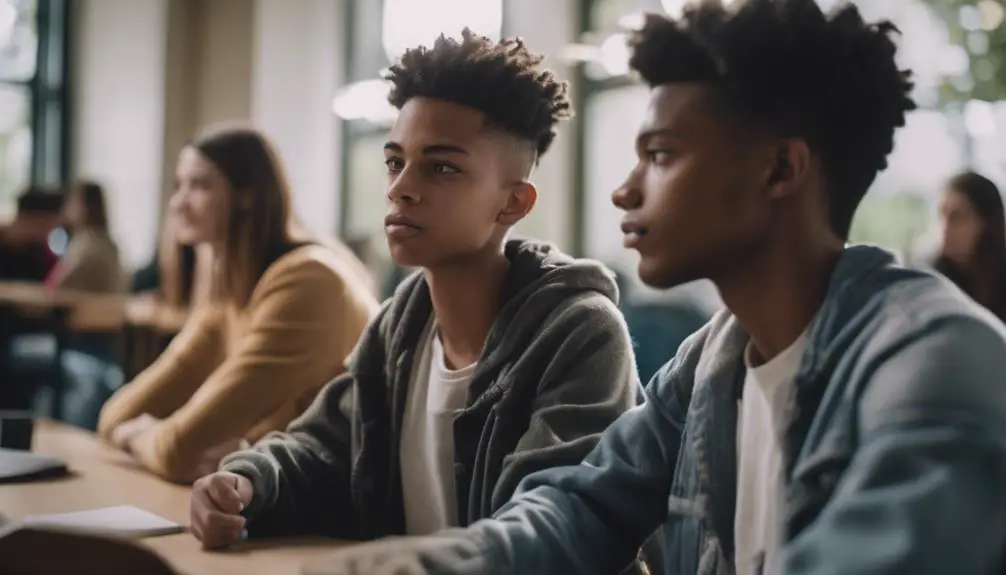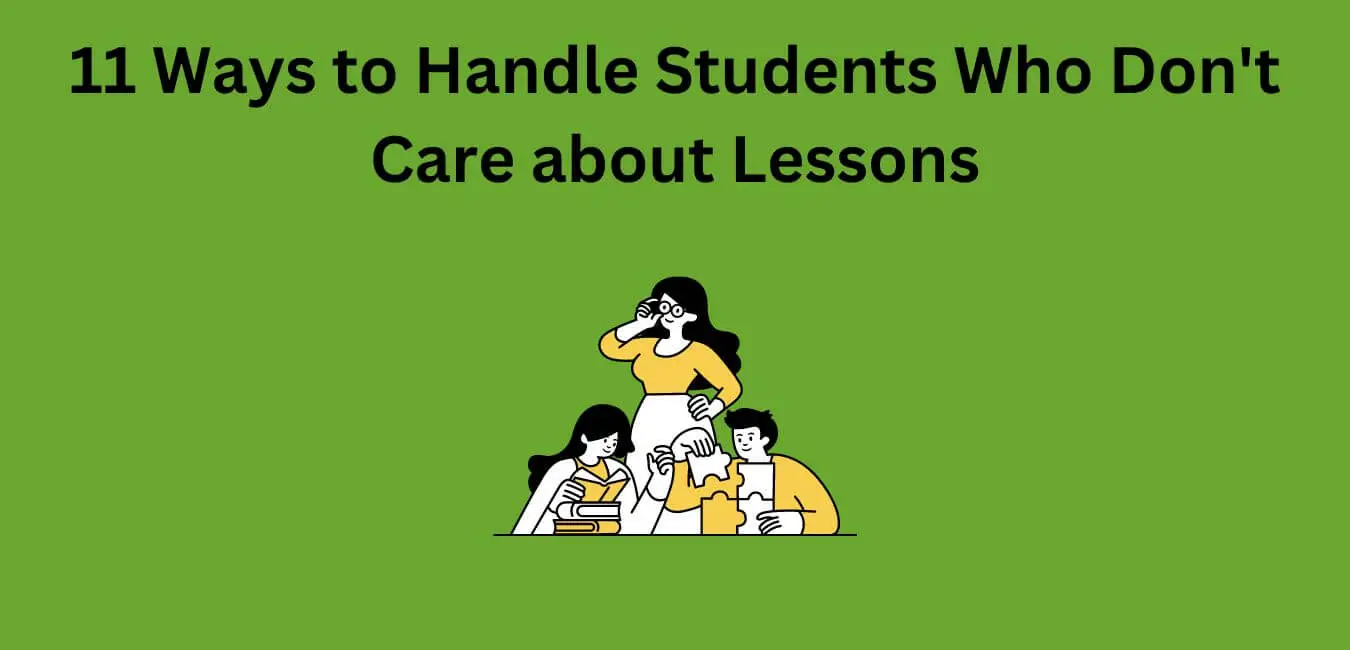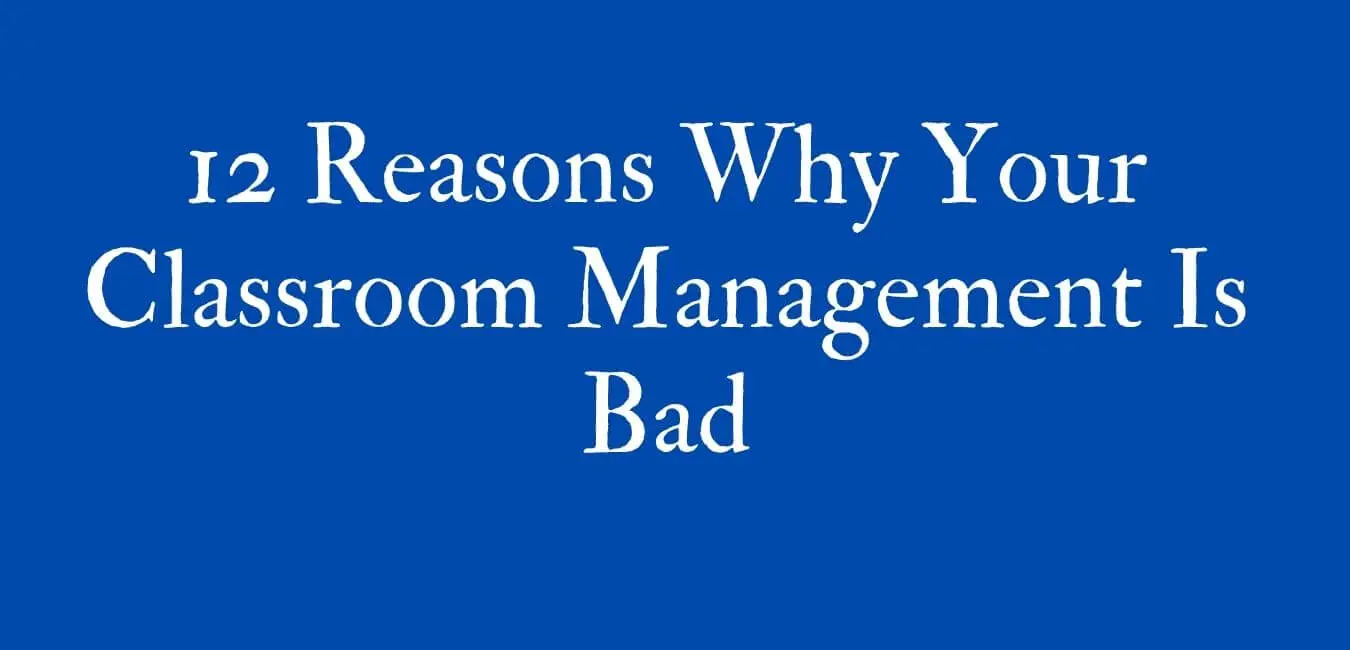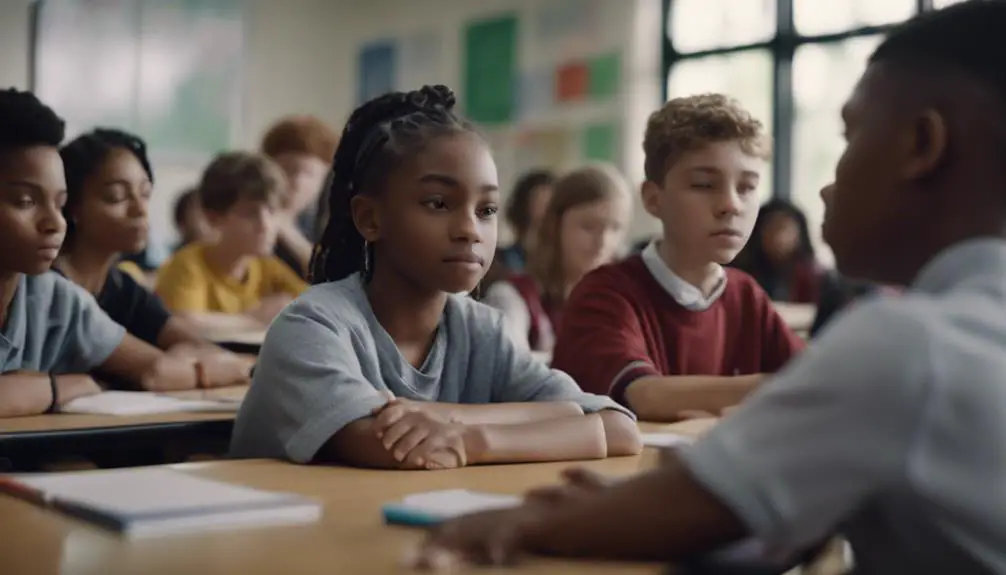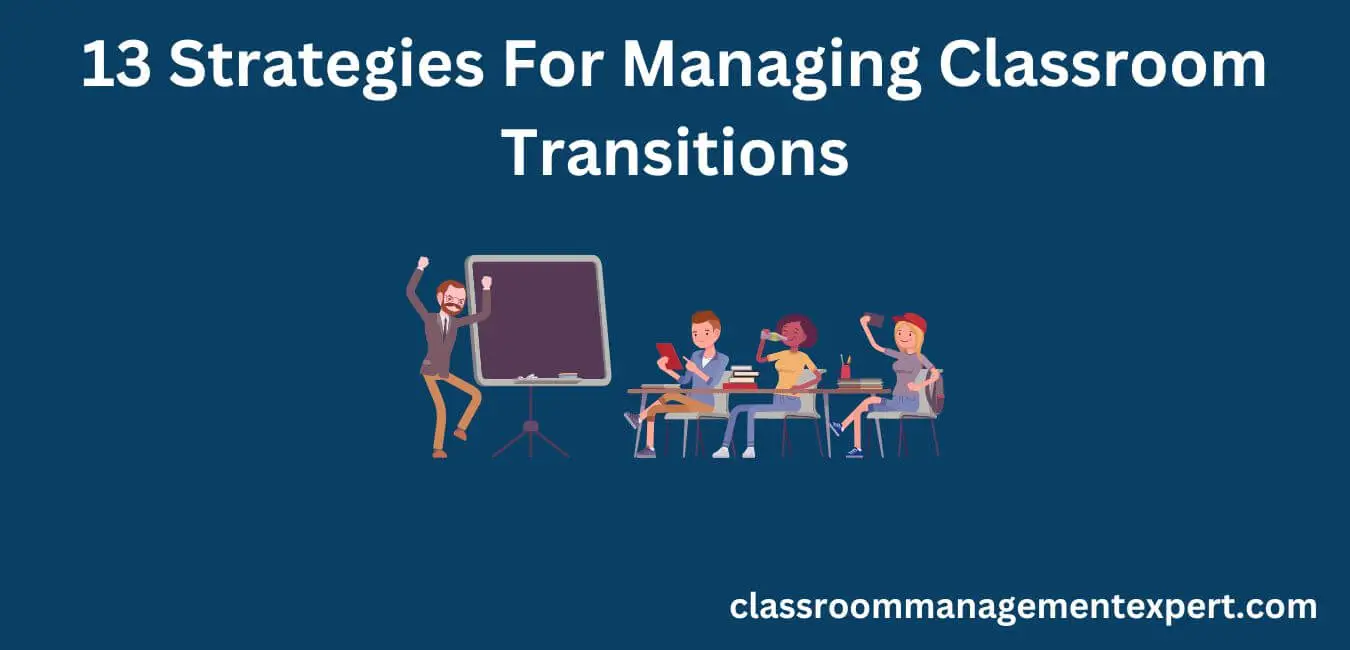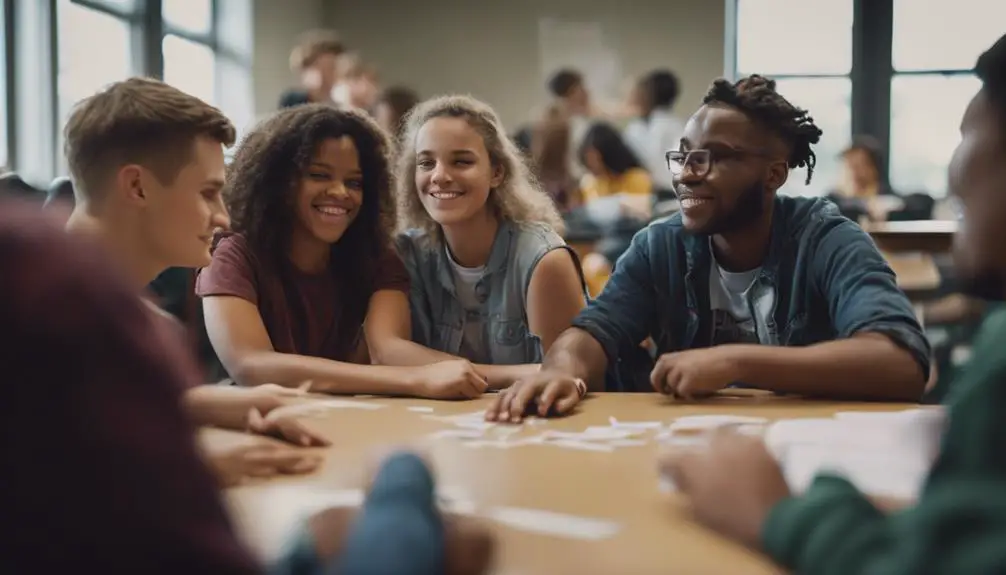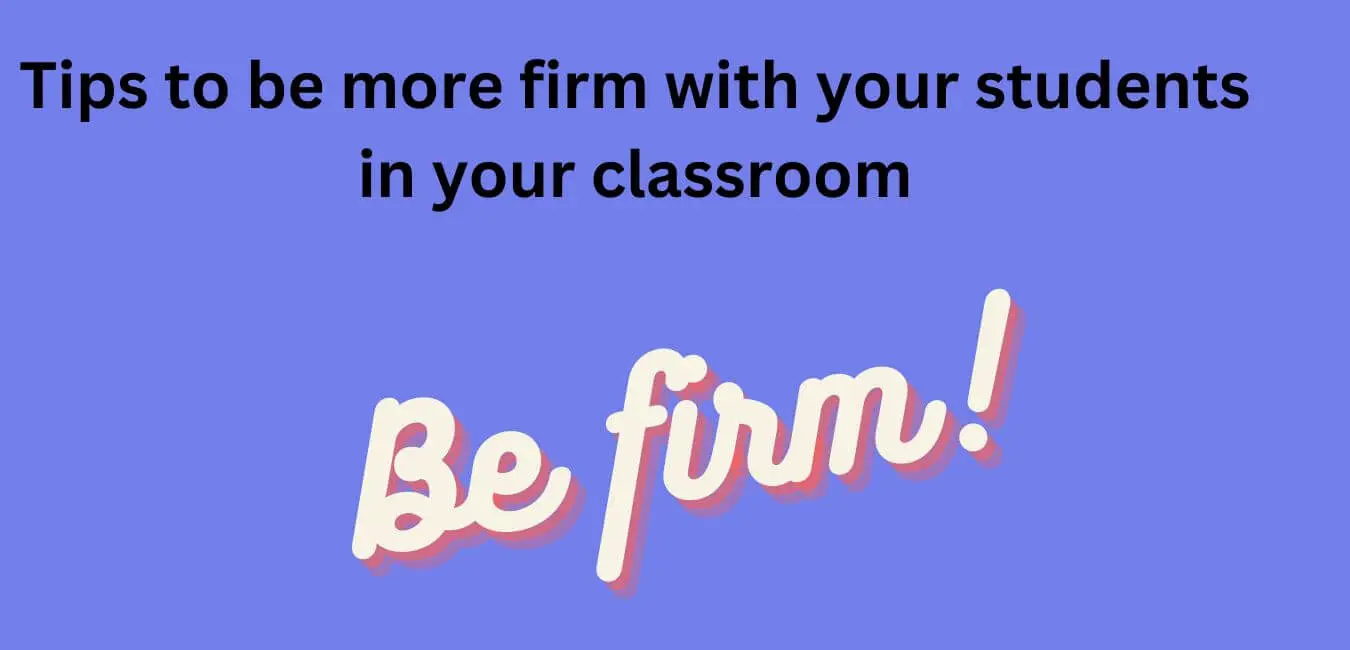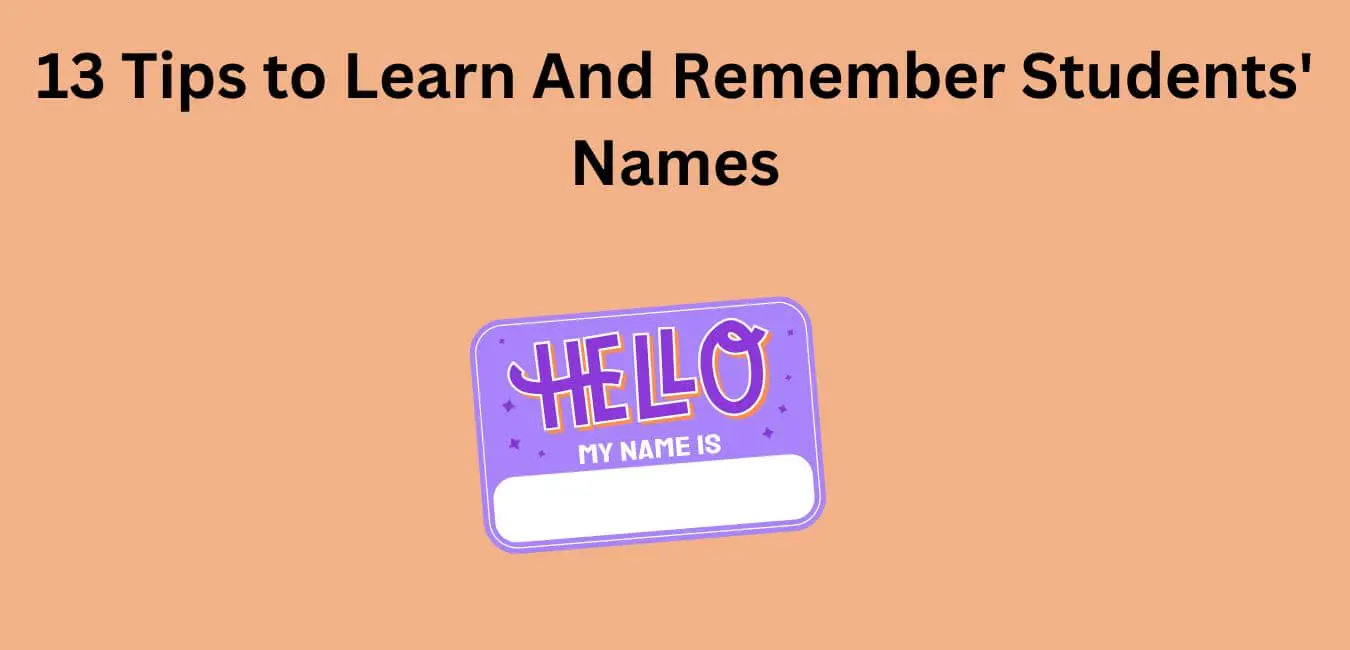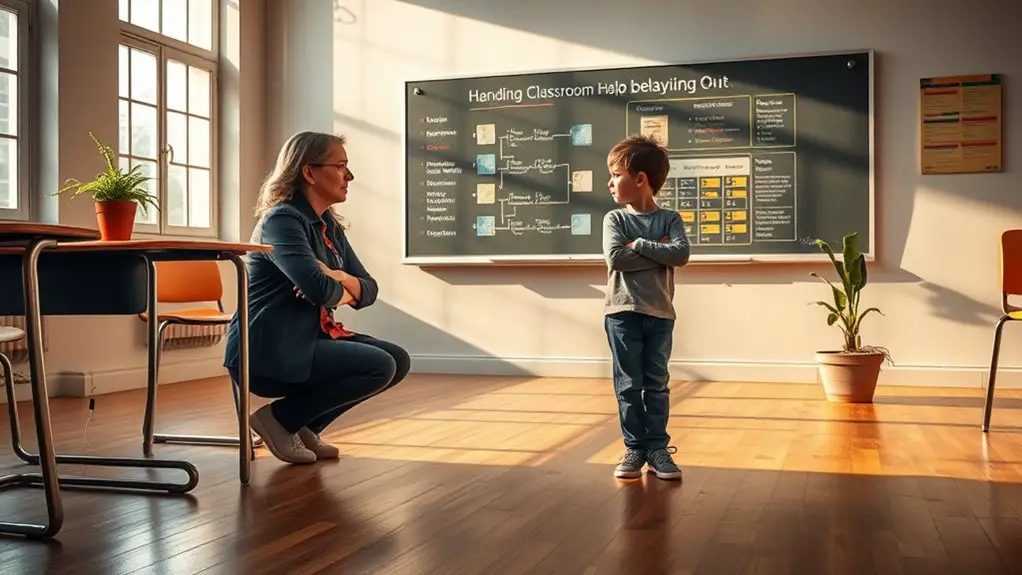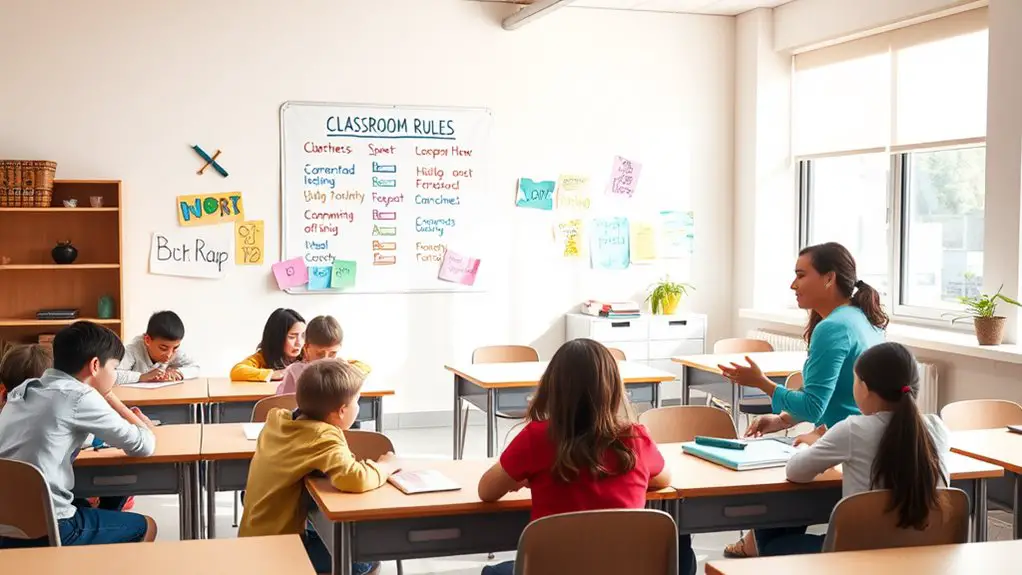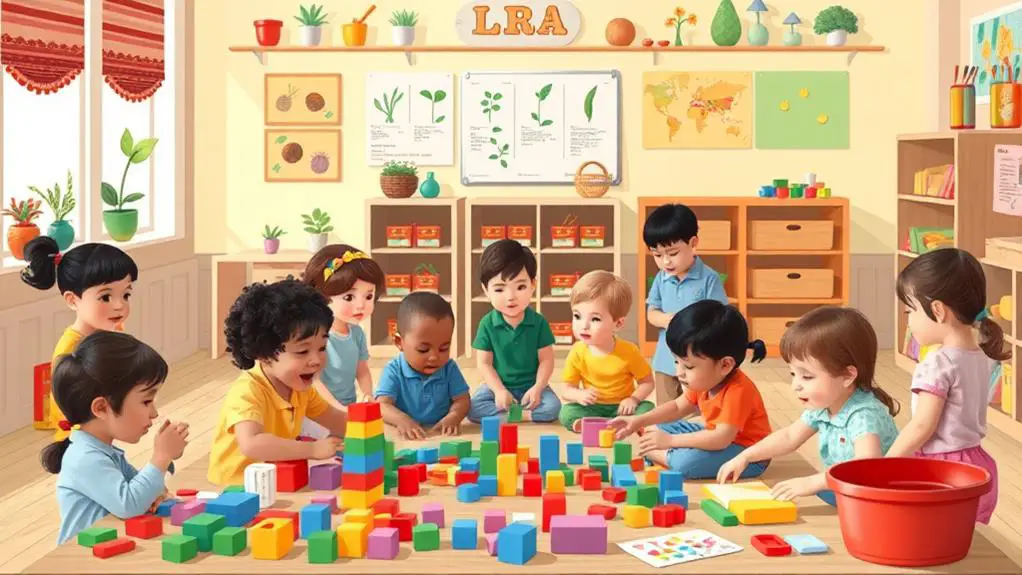As a teacher, you are faced with various challenges daily. One of those can be dealing with disrespectful students. How do you respond to them?
This post will discuss the different ways teachers should respond when they encounter disrespect from their students. There is no one-size-fits-all solution, and all educators need to find what works best for them and their classroom culture.
For some, ignoring the behavior may work best as long as it does not continue; others might need to take more drastic measures, such as sending that student out of class or having an informal conference with parents/guardians to get them back on track.
The key is knowing your strengths and weaknesses so that you know how much (or how little) action is needed in handling a disrespectful student.
What Constitutes Disrespectful Behavior?
Disrespectful behavior in the classroom can be verbal or nonverbal. Verbal examples of disrespectful behavior include negative statements, arguing with teachers’ instructions, not following directions, and using sarcasm. Nonverbal examples of disrespectful behavior include rolling eyes, giving a teacher “the finger,” lying on the carpet during carpet time and making faces behind a teacher’s back.
Disrespectful behavior can be categorized as:
-verbal (negative statements, arguing with teacher’s instructions, not following directions, and using sarcasm)
-nonverbal (rolling eyes, giving a teacher “the finger,” lying on the carpet during carpet time, and making faces behind a teacher’s back).
Why Are Students Disrespectful?
I’m a teacher who has been in the trenches for over thirty years. You might ask, “What trenches?” You would be surprised how much disrespect there is in our schools right now. I think that students are disrespectful because they lack proper role models, parents and administrators don’t know what to do when kids act up, and bullying is a big problem in schools.
First, kids lack proper role models in this day and age. They have too much time on their hands to watch TV shows that are all about being disrespectful. In certain cartoons, they have characters that talk back to adults and get away with it. In addition, some parents don’t know how to teach their kids to respect adults. As a result, children grow up with no sense of how to act or speak to people who have authority over them.
Second, when there is a problem in the schools, whether it be bullying or just general misbehavior, administrators don’t know what they are supposed to do. In addition to being role models, principals and other administrators are supposed to be enforcers. However, a lot of them just don’t know how to enforce consequences for misbehavior.
Finally, kids have all kinds of issues with bullying in public schools today. It’s no secret that many school bullies get off scot-free because there are no consequences for their actions. However, this is wrong, and it leads to the kids who are bullied having more issues with self-esteem and other problems.
I am writing this article because of my experiences in the trenches as a teacher. We need more role models, and administrators who can enforce rules, and consequences for school bullies. If we don’t improve these things, then I think that school will just continue to be a place of disrespect.
If you want to stop the wave of disrespectful students in our schools right now, please share this article with your friends and family so they can help us improve student behavior at school!
25 Ways to respond to a disrespectful student
What do you do when a student calls you a “stupid old hag?” Or fails to complete an assignment that was due last week? How about if they begin to throw paper airplanes across the room or take off their shoes and start throwing them at other students?

These are the types of situations many teachers face daily. Luckily, there are many ways to respond to disrespectful students that don’t involve throwing them out of the classroom or sending them to the principal’s office. Below is a list of 25 effective strategies for dealing with difficult students:
Set clear expectations
From day one in my classroom, I establish clear guidelines and expectations for behavior to ensure that students understand what qualifies as disrespectful and the consequences that follow. This proactive approach sets the tone for a respectful learning environment where everyone feels valued and understood.
Foster open communication
To effectively manage disrespectful behavior in the classroom, creating a supportive environment where students feel encouraged to express their concerns and frustrations respectfully is crucial. By fostering open communication, my goal is to build a safe space where students can respectfully voice their thoughts.
Encouraging students to share their concerns helps me gain a better understanding of their perspectives and address any underlying issues causing disrespect. Through this open dialogue, students will feel heard and valued, leading to improved behavior and a more positive learning environment.
Cultivating a culture of respect and understanding is essential to ensure that students feel comfortable sharing their thoughts while maintaining a respectful tone.
Active listening
When addressing disrespectful behavior in my classroom, I make active listening a priority. I focus on giving students my full attention and showing empathy to understand their perspectives, even if we don’t agree.
Active listening goes beyond just hearing words; it involves genuine engagement and a willingness to see things from the students’ point of view. By being empathetic, I create a safe environment for them to express themselves and feel heard.
Understanding their perspective, even when we disagree, helps build mutual respect and resolves conflicts effectively. Through active listening and empathy, I aim to foster trust and positive communication in my classroom, creating a more respectful and harmonious learning atmosphere.
Maintain composure
It’s important to keep your cool when dealing with disrespectful behavior in the classroom. Reacting emotionally can make the situation worse, so staying calm is key.
By remaining composed, you’re showing your students how to handle tough situations maturely. Keeping a level head helps you address the issue effectively without making things more heated.
Your calm demeanor can defuse tension and create a respectful learning environment where students feel valued and supported.
Private conversations
When addressing a student’s disrespectful behavior, I always choose to have private conversations to maintain their dignity and prevent any embarrassment in front of their peers. Addressing students privately about their disrespectful behavior is crucial to preserve their dignity and prevent potential embarrassment.
By having these discussions one-on-one, students are more likely to be receptive to feedback and understand the impact of their actions. This approach shows respect for the student while also addressing the behavior that needs to be corrected. It allows for a more meaningful conversation where the student can express themselves freely without the fear of judgment from their classmates.
Private conversations create a safe space for addressing issues and finding solutions effectively.
Restate expectations
Continuing the conversation with students who are behaving disrespectfully, I want to remind them of our classroom expectations.
It’s crucial to understand that their actions go against the values of respect, empathy, and accountability that we strive for in our learning environment.
By showing care, and patience, and offering support for improvement, we can create a positive atmosphere where everyone feels valued and can thrive.
Students need to recognize the impact of their behavior and take responsibility for maintaining a respectful space for learning and growth.
Address the behavior, not the student
When addressing disrespectful behavior in my classroom, I make it a point to focus on the specific actions that are unacceptable instead of attacking the student’s character. It’s important to address the disrespectful behavior directly, emphasizing that it’s the action itself that isn’t acceptable, rather than criticizing the individual.
By clearly pointing out the specific behavior that’s inappropriate, I can help the student understand the impact of their actions without resorting to personal attacks. This approach allows me to maintain a respectful and supportive classroom environment while effectively addressing the issue at hand.
Active engagement
To ensure all students are actively involved in learning and to reduce opportunities for disrespect, I plan interactive lessons that suit various learning styles. Engaging students actively decreases the likelihood of disrespectful behavior. Here are some strategies I use to promote active engagement in my classroom:
- I organize group activities to encourage teamwork and collaboration.
- Hands-on projects are incorporated to stimulate creativity and critical thinking.
- Technology is utilized to enhance learning and maintain student interest.
- Class discussions are encouraged to improve communication and social skills.
- Movement and kinesthetic learning opportunities are provided to keep students energized and focused.
Offer choices
Giving students choices is an effective way to empower them and reduce resistance, which can help prevent disrespectful behavior in the classroom. When students have the opportunity to make decisions about their learning, they feel more in control of their environment. This sense of control often leads to a more positive and respectful atmosphere.
Whether it’s choosing their assignment topics or selecting group partners for a project, offering options encourages a feeling of responsibility and ownership. As a result, students are more likely to engage in the learning process and exhibit respectful behavior towards themselves and others.
Empowering students through choices can lead to a decrease in disrespectful behavior and an increase in productive engagement within the classroom.
Positive reinforcement
Recognizing and rewarding students for their respectful behavior is a great way to create a positive classroom atmosphere. Positive reinforcement is key in shaping students’ behavior and promoting a culture of respect. Here are some effective ways to encourage positive conduct:
- Verbal Praise: Simple words like ‘great job’ or ‘thank you for being respectful’ can make a big impact in reinforcing good behavior.
- Small Incentives: Offering rewards such as extra free time or a special privilege can inspire students to continue showing respect.
- Public Acknowledgment: Recognizing students for their respectful actions in front of their peers can boost their confidence and encourage others to follow suit.
- Encouraging Notes: Sending notes home to parents praising a student’s respectful behavior can help reinforce positive conduct beyond the classroom.
- Classroom Rewards: Implementing a system where the whole class benefits when respectful behavior is demonstrated can foster a collaborative and supportive environment.
Consistency
Consistency in applying consequences for disrespectful behavior is crucial for maintaining a structured and respectful classroom environment. When consequences are consistently enforced, students learn that their actions have repercussions.
It’s important to ensure that these consequences are fair and proportional to the behavior displayed. By upholding consistency in enforcing consequences, students come to understand that disrespectful behavior won’t be tolerated in any situation. This approach helps set clear expectations and boundaries, creating a positive learning atmosphere where students feel secure and respected.
Students must be aware that regardless of the circumstances, disrespectful behavior will always lead to consequences. Consistent application of consequences conveys a strong message about the significance of respect and accountability within the classroom.
Encourage reflection
To help students gain a deeper understanding of their actions, it can be beneficial to give them opportunities to think about how their behavior affects both themselves and those around them. Reflection plays a crucial role in developing empathy and self-awareness, which can lead to positive changes in behavior.
Here are some ways to encourage reflection:
- Encourage students to write in journals about their behavior and its impact.
- Facilitate group discussions where students can express how they feel when faced with disrespect.
- Prompt students to consider different perspectives by asking them to imagine themselves in someone else’s shoes.
- Use real-life situations to encourage reflection on the outcomes of disrespectful behavior.
- Offer individual sessions to help students reflect on their actions and take steps to make amends if needed.
Restorative justice approach
When using restorative practices to address conflicts and mend relationships among students, it fosters dialogue, compromise, and problem-solving in the classroom. Restorative justice focuses on repairing harm rather than punitive measures, creating a more inclusive and empathetic environment. By implementing these practices, students take responsibility for their actions, understand the impact of their behavior, and work towards making amends. This approach not only resolves conflicts but also helps rebuild trust and restore relationships within the classroom community. Encouraging dialogue and problem-solving through restorative practices can lead to a deeper sense of understanding and connection among students, paving the way for a more respectful and harmonious learning environment.
| Benefits of Restorative Justice | Description | Impact |
|---|---|---|
| Promotes empathy | Encourages understanding | Fosters compassion |
| Builds a sense of community | Strengthens relationships | Enhances unity |
| Encourages accountability | Promotes self-reflection | Cultivates responsibility |
| Resolves conflicts peacefully | Facilitates open communication | Promotes reconciliation |
Model respectful behavior
As a teacher, demonstrating respectful behavior serves as a positive example for students, encouraging them to mirror respectful interactions in the classroom. It’s essential to model the behavior we expect from our students, fostering a harmonious and positive learning environment.
Here are some effective ways to demonstrate respectful behavior:
- Listen Actively: Display a genuine interest in students’ thoughts and opinions.
- Show Empathy: Express understanding and kindness towards students’ feelings.
- Practice Kindness: Use gentle and considerate words and actions.
- Exercise Patience: Remain calm and composed, especially in challenging situations.
- Provide Encouragement: Offer support and praise to boost students’ morale.
Teach conflict-resolution skills
In my teaching, I help students learn how to resolve conflicts respectfully by teaching them communication techniques like active listening, using ‘I’ statements, and problem-solving strategies. This guidance empowers students to handle disagreements in a constructive manner.
Through active listening, students can better understand each other’s perspectives, while ‘I’ statements encourage expressing thoughts and feelings without blaming others. By introducing problem-solving strategies, students are equipped with the tools to work through conflicts collaboratively and find solutions that benefit everyone involved.
Teaching these communication techniques creates a culture of respect and understanding in the classroom, enabling students to navigate disagreements positively and build stronger relationships.
Be proactive
To maintain a positive and respectful classroom environment, it’s crucial to proactively monitor students for signs of potential conflict and offer additional support or guidance when needed. By being vigilant and addressing issues early on, we can prevent disrespectful situations from escalating.
Here are some proactive ways to deal with disrespectful behavior:
- Encourage open communication: Create an environment where students feel comfortable expressing their feelings and concerns.
- Provide personalized attention: Offer individualized support to students who may be struggling.
- Promote a culture of respect: Lead by example and encourage kindness and understanding among students.
- Teach conflict resolution: Equip students with effective tools to peacefully resolve conflicts.
- Ensure a safe space: Make sure all students feel safe and encouraged to share their thoughts and emotions.
Build positive relationships
Investing time in developing strong relationships with all my students is essential for creating a supportive and inclusive classroom environment. By showing genuine interest in their lives and fostering a sense of belonging, I can reduce disrespectful behavior and promote positive engagement in class. Building these connections benefits everyone involved, as illustrated in the table below:
| Benefits for Students | Benefits for Teachers | Benefits for Classroom Community |
|---|---|---|
| Increased motivation | Better classroom management | Enhanced learning environment |
| Improved behavior | Stronger teacher-student relationships | Increased collaboration |
| Higher self-esteem | Greater student engagement | Sense of unity and respect |
Establishing positive relationships is the foundation for a harmonious classroom where all individuals feel valued and respected.
Check-in with students
Regularly checking in with students one-on-one is a proactive way to understand their needs and concerns, which can help reduce disrespectful behavior in the classroom. Monitoring students’ emotional well-being individually creates a supportive atmosphere that encourages respect and collaboration. These check-ins offer various benefits for both students and educators:
- Building Trust: Establishing personal connections helps students feel valued and respected.
- Encouraging Open Communication: Providing a safe space for students to share their thoughts can lead to improved behavior.
- Identifying Underlying Issues: Addressing concerns early can prevent disrespectful behavior from escalating.
- Promoting Empathy: Understanding students’ perspectives fosters empathy and mutual understanding.
- Supporting Personal Growth: Assisting students in overcoming challenges can facilitate positive development.
Encourage peer-to-peer support
I cultivate a classroom atmosphere that promotes peer-to-peer support, where students feel at ease assisting and uplifting one another, thereby reducing disrespectful behaviors.
Through emphasizing teamwork and collaboration, I establish an environment where students can collaborate towards common objectives, fostering a sense of unity and mutual respect.
Encouraging students to rely on each other for help not only enriches their learning journey but also nurtures a supportive community within the class.
Use humor
Humor is like a magic wand that can zap away tension in the classroom and create a chill vibe for hanging out with students. Here’s how I sprinkle humor into my teaching to handle any cheeky behavior:
- I dish out funny stories related to the lesson to lighten the mood.
- I crack some light-hearted jokes to put a grin on my students’ faces.
- I jazz up my instructions with a dash of humor to keep everyone tuned in.
- I encourage students to share their own jokes and funny tales to make our class a fun place.
- I remind everyone that a good laugh can help us tackle challenges together and bond as a classroom crew.
Utilize non-verbal cues
Integrating humor into my teaching style helps to create a more relaxed and engaging classroom environment.
Another effective strategy for managing disruptive behavior is using non-verbal cues, such as hand signals or eye contact, to redirect students without causing interruptions. These cues are powerful tools that allow me to communicate messages without speaking a word.
For example, a simple hand gesture or making eye contact with a student can subtly prompt them to refocus on the task at hand.
Involve parents/guardians
When addressing a student’s consistent disrespectful behavior, involving parents or guardians is essential for finding solutions and reinforcing expectations at home. Collaboration between educators and parents is key to effectively addressing and correcting such behaviors.
Here are some ways to engage parents or guardians in this process:
- Open Communication: Maintain transparent and timely communication with parents or guardians to address concerns promptly.
- Seek Solutions Together: Collaborate with them to find effective solutions that can support the student in improving their behavior.
- Consistent Expectations: Ensure that expectations regarding behavior are consistent both at school and at home to provide a unified approach.
- Positive Reinforcement: Acknowledge and reinforce positive behaviors displayed by the student to encourage continued improvement.
- Create a Supportive Environment: Establish a supportive and encouraging environment where the student feels motivated to make positive changes in their behavior.
Rest breaks
Incorporating short breaks into lessons allows students to recharge, reducing fatigue-related disrespectful behavior in the classroom. These brief pauses give students a chance to refresh their minds and bodies, creating a more positive and focused learning environment.
By recognizing the impact of tiredness on disrespectful actions, I aim to support students and keep them energized. These rest breaks serve as moments of rejuvenation, helping students stay attentive and engaged throughout the lesson.
Addressing the root cause of disrespect, such as exhaustion, is crucial for promoting mutual respect and understanding in the classroom. Through intentional breaks, I strive to foster a harmonious and productive educational experience for all students.
Seek professional development
To improve my classroom management skills and effectively address disrespectful behavior, I prioritize seeking professional development through workshops and specialized training opportunities. Engaging in continuous learning equips me with updated strategies and reinforces my commitment to creating a respectful learning environment.
Here are some emotional insights that I’ve gained through my professional development journey:
- Empathy: Understanding the root causes of disrespectful behavior fosters compassion.
- Resilience: Learning new techniques helps me bounce back from challenging situations.
- Empowerment: Acquiring knowledge boosts my confidence in managing behavior effectively.
- Connection: Building a network with fellow educators provides support and solidarity.
- Growth: Embracing ongoing development nurtures personal and professional growth.
Seek support from colleagues
When dealing with disrespectful students, it can be beneficial to connect with colleagues or a mentor for advice, brainstorming, or feedback. Collaborating with fellow educators offers fresh perspectives and a supportive network to address challenging classroom dynamics. Seeking guidance from experienced mentors can provide tailored strategies for your specific circumstances. By fostering a culture of collaboration and open communication, you can benefit from shared experiences and innovative approaches to handling disrespectful behavior in the classroom. Remember, you are not alone in facing these challenges, and reaching out for support from colleagues or a mentor can lead to impactful solutions.
| Benefits of Engaging with Colleagues | Ways to Collaborate | Tips for Seeking Advice |
|---|---|---|
| Diverse perspectives and insights | Join a teacher support group | Be open to feedback and suggestions |
| Sharing best practices | Organize regular brainstorming sessions | Seek mentors with relevant experience |
| Emotional support and encouragement | Co-plan lessons with a colleague | Reflect on the advice given and implement changes |
| Professional growth and development | Attend professional development workshops together | Create a safe space for open discussions |
Conclusion
Disruptive and uncooperative behavior in students is a common issue that many teachers have to deal with. It can stem from a lack of awareness or forethought, but it may never get better on its own when left unmanaged. If the disrespectful action warrants suspension from school, talk to your administration about what you should do next.
Remember not to take these types of incidents personally because they are often an indicator of something deeper going on for the student than just rude behavior towards you as their teacher.
Additionally, remember that this type of behavior is most likely due to a complex process involving human behavior and cognition rather than one thing being at fault. You can work together as a team with co-workers who also teach the same subject by brainstorming ideas and trying different things to see if they work.
If you find yourself in one of these situations, follow the steps above and know that all hope is not lost! Read more articles on classroom management here.

